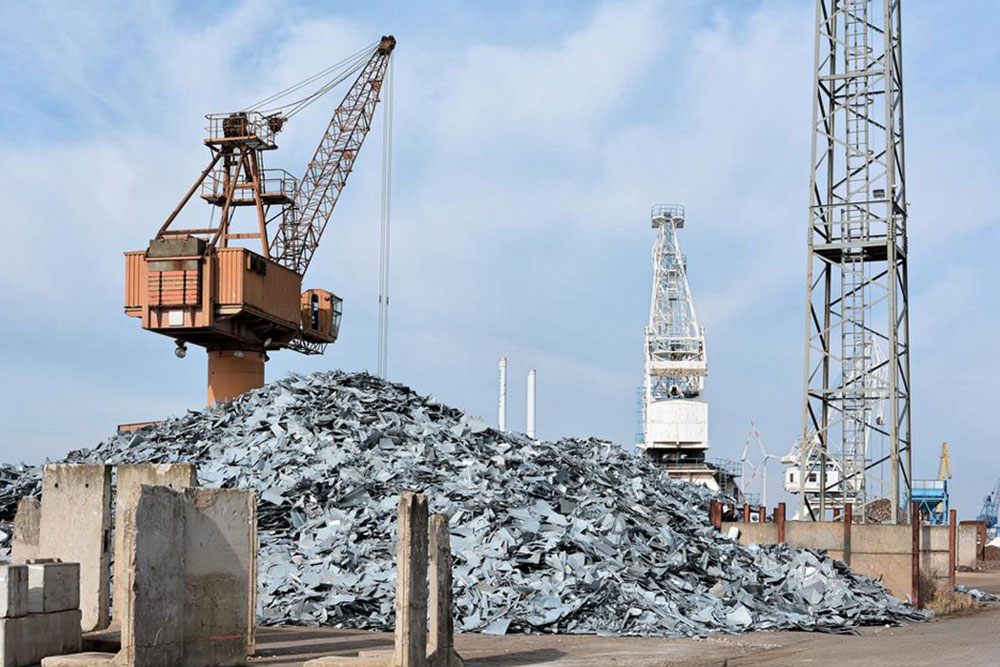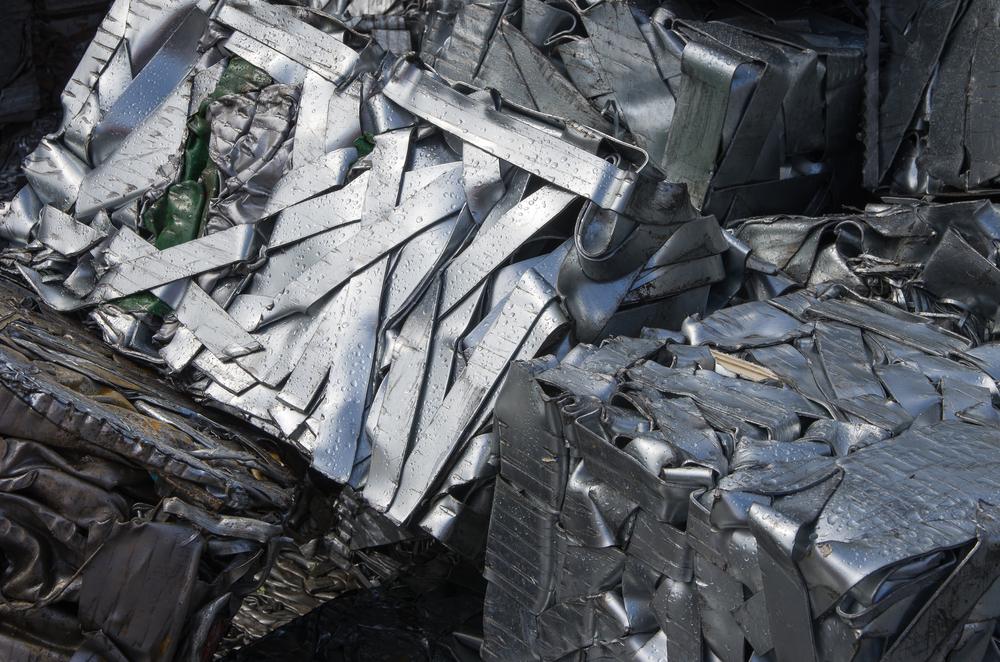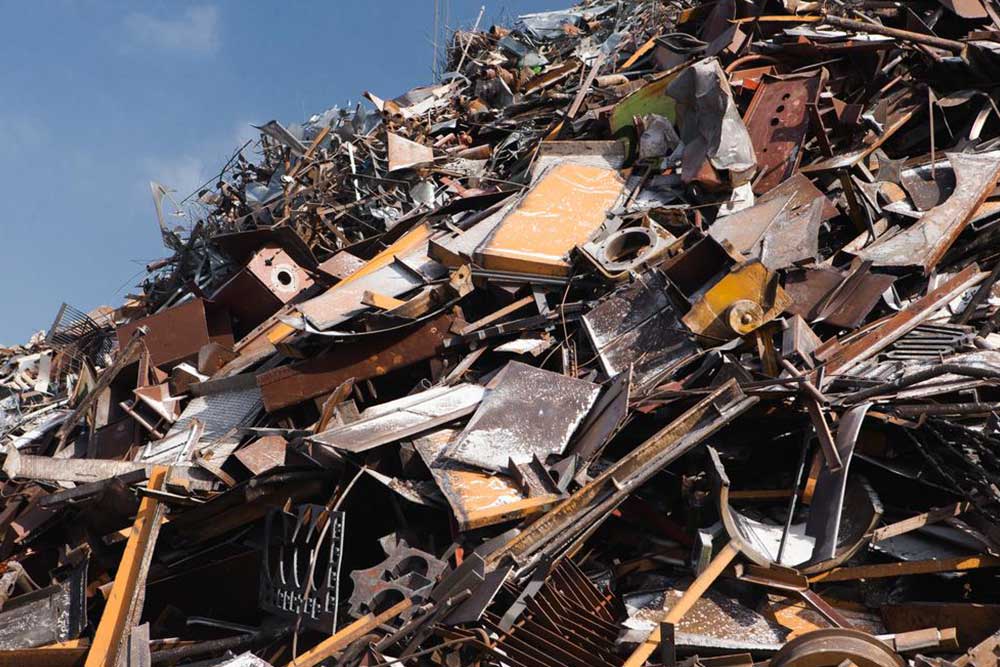Comprehensive Guide to Recycling Aluminum Waste: Market Prices and Industry Significance
This comprehensive article explores aluminum recycling's significance, covering process details, market prices, environmental benefits, and industry impact. It emphasizes the importance of sustainable practices and the economic advantages of recycling aluminum waste, highlighting current market trends and incentives that promote recycling activities worldwide. Perfect for industries, environmentalists, and policymakers interested in sustainable resource management.

The Essential Role of Recycling Aluminum Waste: Market Prices and Industry Impact
Aluminum recycling has become an increasingly vital component of sustainable manufacturing and environmental conservation efforts worldwide. Recycling centers specialize in processing used aluminum waste, such as beverage cans, household foil wrappers, packaging materials, and other aluminum scrap, transforming these discarded items into high-quality raw materials suitable for a broad range of manufacturing applications. This process not only helps reduce waste accumulation but also conserves natural resources and minimizes environmental degradation.
The process of recycling aluminum involves several critical steps. Initially, collected aluminum waste is transported to dedicated recycling facilities where it undergoes thorough sorting. Advanced machinery is employed to segregate aluminum from other materials like plastics, paper, and contaminants. This sorting process is crucial because it ensures the purity of the recycled aluminum, which directly affects its subsequent value and usability.
Once sorted, the aluminum waste is cleaned to remove any dirt, labels, or residues that might compromise the quality of the final product. The cleaned aluminum is then shredded into small pieces or chips, making it easier to melt and process. The melting occurs in large industrial furnaces where the aluminum is heated to high temperatures, melting it into a liquid state. This molten aluminum is then cast into ingots or bars, which serve as raw materials for manufacturing new products.
The significance of aluminum recycling extends beyond environmental benefits. Industries that rely heavily on aluminum include those manufacturing containers such as cans and packaging materials, automotive industries producing lightweight vehicle parts, electronics manufacturers creating devices and components, and electrical equipment producers. Aluminum scrap is highly valued because it can be recycled repeatedly without losing its intrinsic properties, making it a sustainable and economical resource for these sectors.
Adopting aluminum recycling practices significantly reduces the environmental footprint associated with primary aluminum production. Bauxite mining, the primary source of raw aluminum, is an energy-intensive process that can lead to deforestation, habitat destruction, and pollution. Recycling aluminum bypasses the need for bauxite extraction, thereby conserving landscapes and reducing greenhouse gas emissions.
From an economic perspective, recycling aluminum is considerably less costly compared to the expense of producing primary aluminum from raw ore. This cost-effectiveness provides an incentive for industries to incorporate recycled aluminum into their manufacturing cycles, leading to wider acceptance and increased demand for scrap aluminum. Market prices for scrap aluminum fluctuate based on several factors, including quality, market demand, and global economic conditions.
Currently, in the United States, scrap aluminum prices vary from approximately $0.30 to $0.45 per pound. These prices are influenced by market dynamics, seasonal demand, and governmental policies. Many government programs actively promote aluminum recycling by incentivizing collection and recycling efforts through monetary rewards or subsidies, thereby encouraging both consumers and industries to participate actively in recycling initiatives.
Recycled aluminum is stored in inventories for industrial use, often supplying manufacturing sectors with a consistent and sustainable flow of raw material. As industry demand continues to grow, so does the importance of maintaining robust recycling infrastructure and promoting awareness about the benefits of recycling aluminum waste.
In conclusion, aluminum recycling stands out as a crucial environmental strategy and an economically beneficial practice. Its capacity to reduce reliance on virgin ore extraction, decrease energy consumption, and produce valuable raw materials makes it indispensable in today’s manufacturing landscape. As technological advancements improve recycling efficiency and global emphasis on sustainability intensifies, the aluminum recycling industry is poised for continued growth and innovation.




